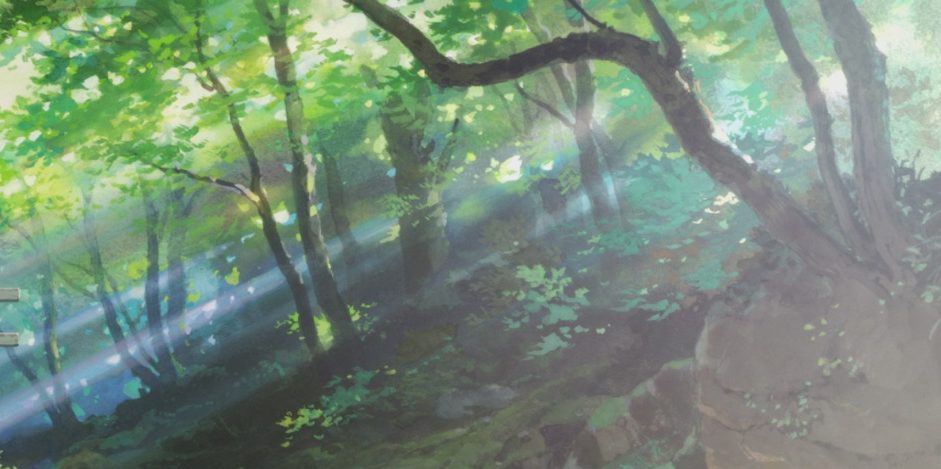‘My Neighbor Totoro’: joyful animated escapism
Up until recently, Studio Ghibli has been a massive gap in my film knowledge. However, with the recent addition of near all of their back-catalogue to Netflix, I found myself finally out of excuses not to educate myself. I think that the current lockdown situation – where we all might be looking for a break from the grim barrage of ever bleaker news updates – makes the joyful animated escapism that Studio Ghibli has to offer all the more appealing. One of my first ventures into the immense array of classic animated films that the studio, particularly Hayao Miyazaki has to offer, was My Neighbor Totoro, which gave me my understanding of why these films are so broadly acclaimed and loved.
The story follows a family; Mei, Satsuki, and their father, who move to a new town to be closer to their sick mother, where they soon discover their big, fluffy neighbour ‘Totoro’. The story captures the carefree, explorative joy of childhood, and also touches some darker themes later on, but ultimately it is a tale of freedom and happiness. This sort of film is something I’ve come to engage less and less in as I’ve got older, as the animation got replaced by gritty dramas tackling gruesome themes. Yet a return to this sort of filmmaking, which captures a simple, pure story in a beautiful style, is a welcome reminder of what cinema can be. The U rating doesn’t make this a film just for children, it is a universal tale that reminds you what it’s like to be a child, seeing the world through eager and innocent eyes.
A return to this sort of filmmaking, which captures a simple, pure story in a beautiful style, is a welcome reminder of what cinema can be
We’ll start with the obvious, the animation here is absolutely off the charts stunning. The laboriously constructed hand-drawn frames are combined into a flowing, beautiful sequence of movement, set against images that often strike you as works of art on their own. The landscapes are particularly stunning, with the vibrancy of rural Japan practically leaping off the screen, the dedication and commitment to the purity of the art form are there to be seen in every frame of this film.
The world created by this animation is equally as charming as the animation, it is full of ‘good’ people’ with no malevolent evil-doers, or other black and white tropes that often define the expected ‘conflict’ in children’s films. Instead, it is a world of people who act selflessly, without question doing what is right given the situation, a change that I found refreshing. These traits are exemplified in the father figure of the film, who is understanding, compassionate, and loving, letting his daughters roam freely and be themselves. This non-judgemental world of beauty without the ‘dark turn’ that I was anticipating, is one that you simply don’t want to leave.
The wealth of cinematic brilliance that Ghibli has waiting for those who did not grow up with them is astonishing, for these have so much to offer in terms of not only artistic beauty but blissful escapism
There is certainly an initial adjustment period to the different style of storytelling on display here, yet once you become accustomed to this method, you gain access to a magical tale. The carefree, joyous freedom on display in My Neighbor Totoro makes it a great watch, and a great introduction to this renowned corner of cinema. As a great lockdown watchlist, I would recommend trying to finish the key classics of the Studio Ghibli back-catalogue; My Neighbor Totoro, Castle in the Sky, and Spirited Away, to name just a few, all of which, as previously mentioned, have been handily added to Netflix. The wealth of cinematic brilliance that Ghibli has waiting for those who did not grow up with them is astonishing, for these have so much to offer in terms of not only artistic beauty but blissful escapism, perfect for this government-enforced film-watching period.

Comments